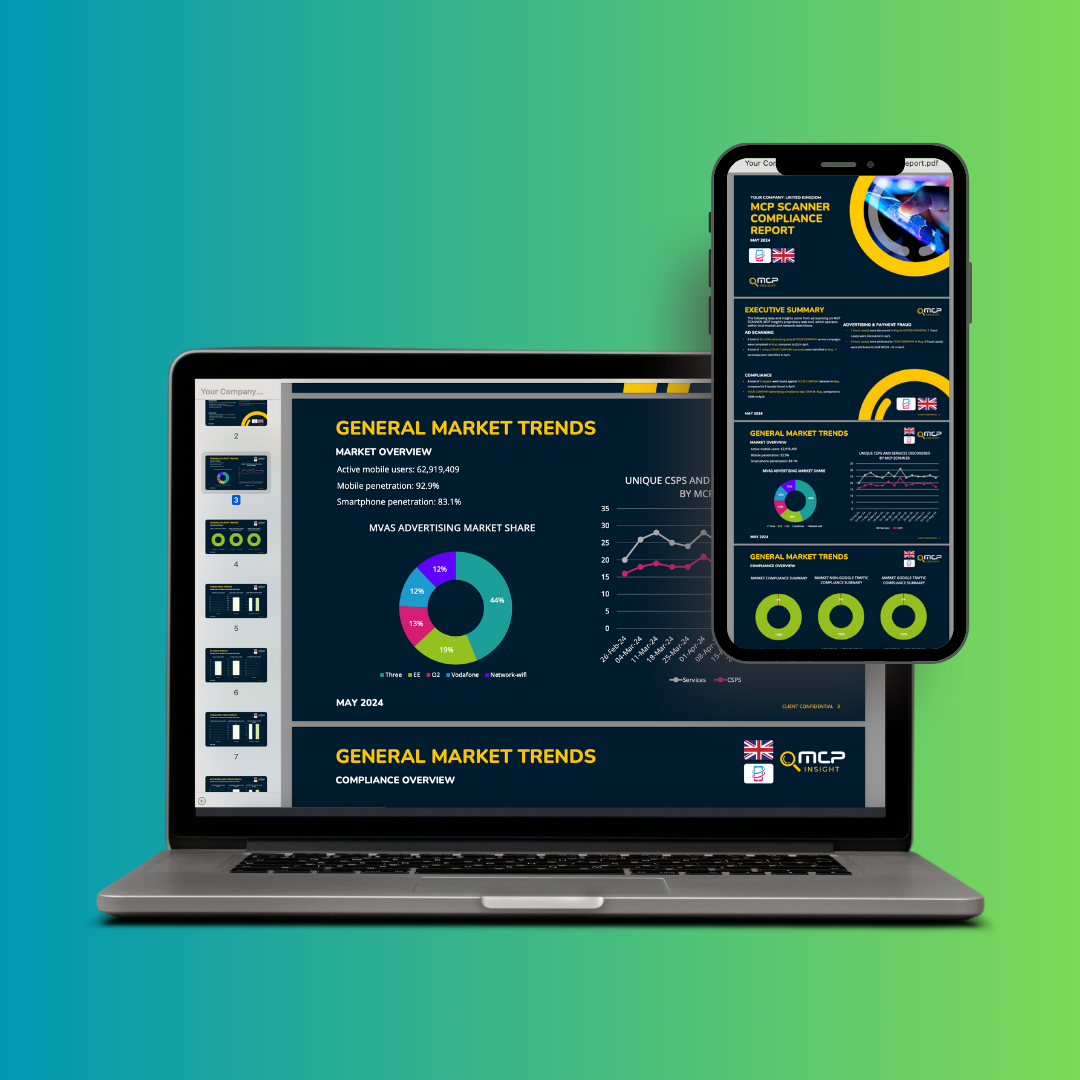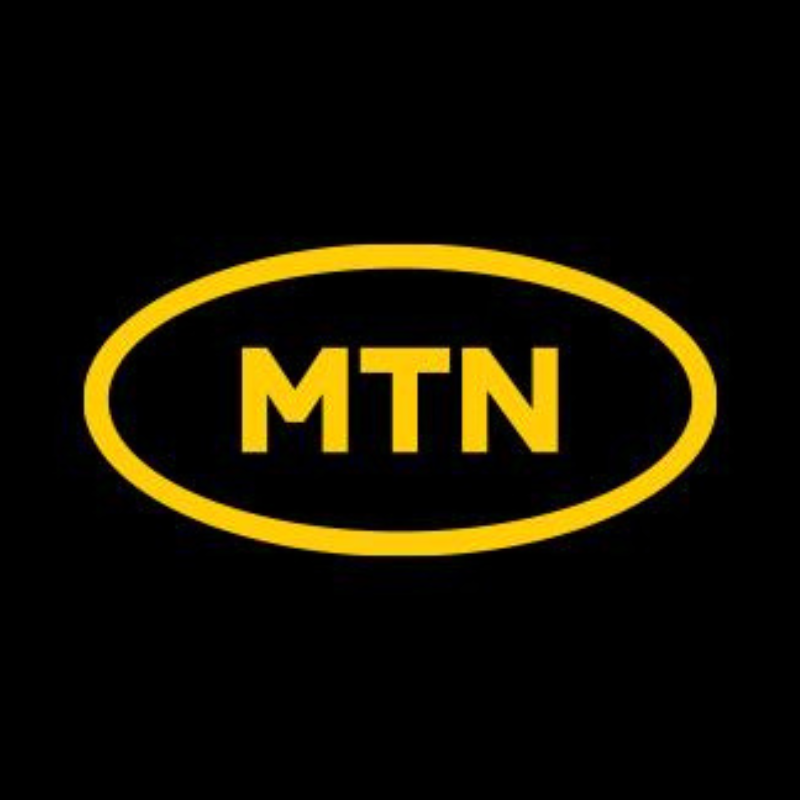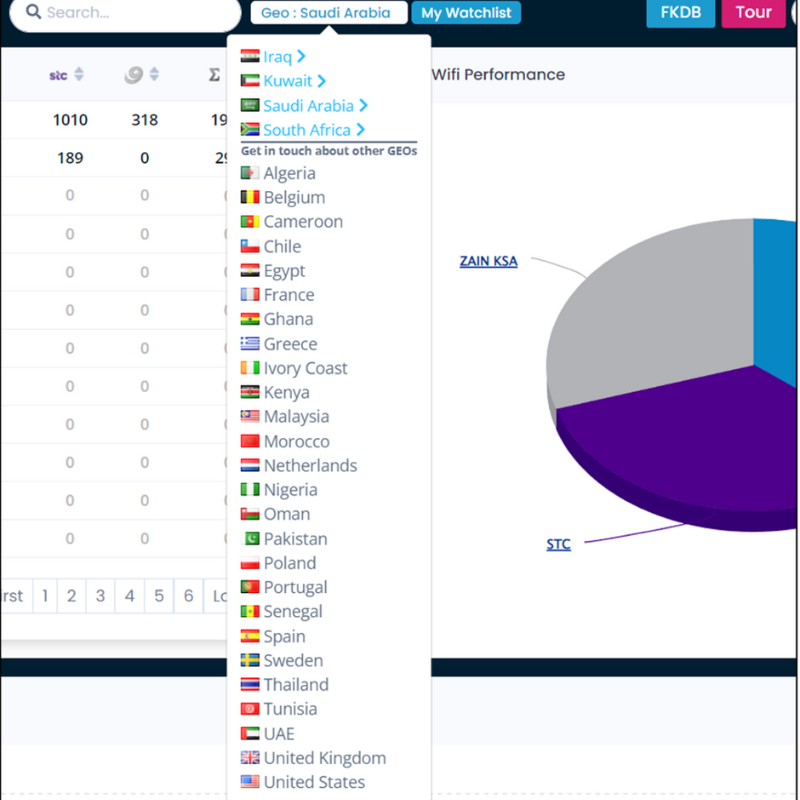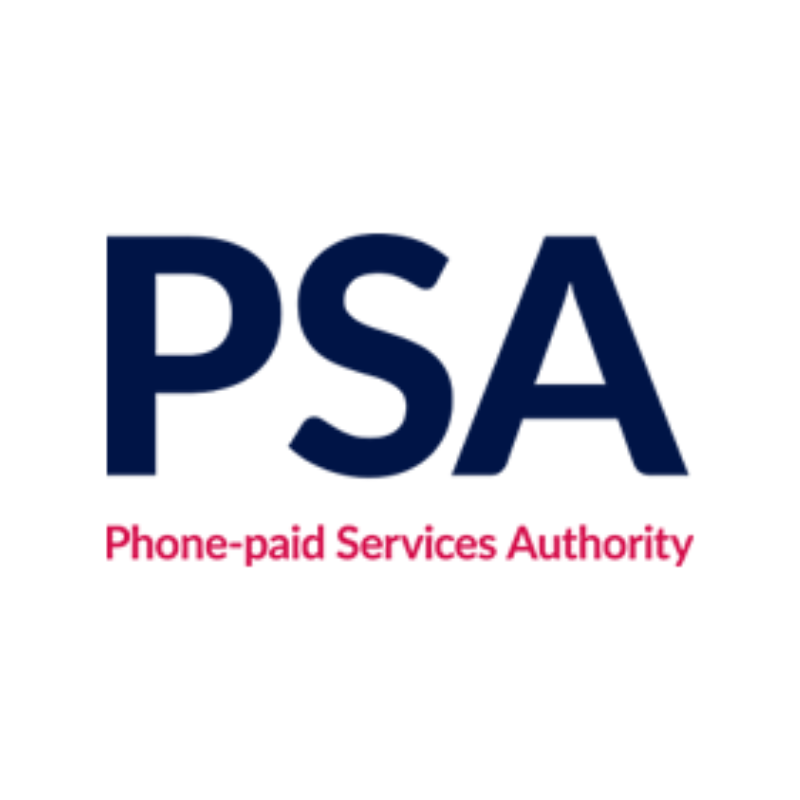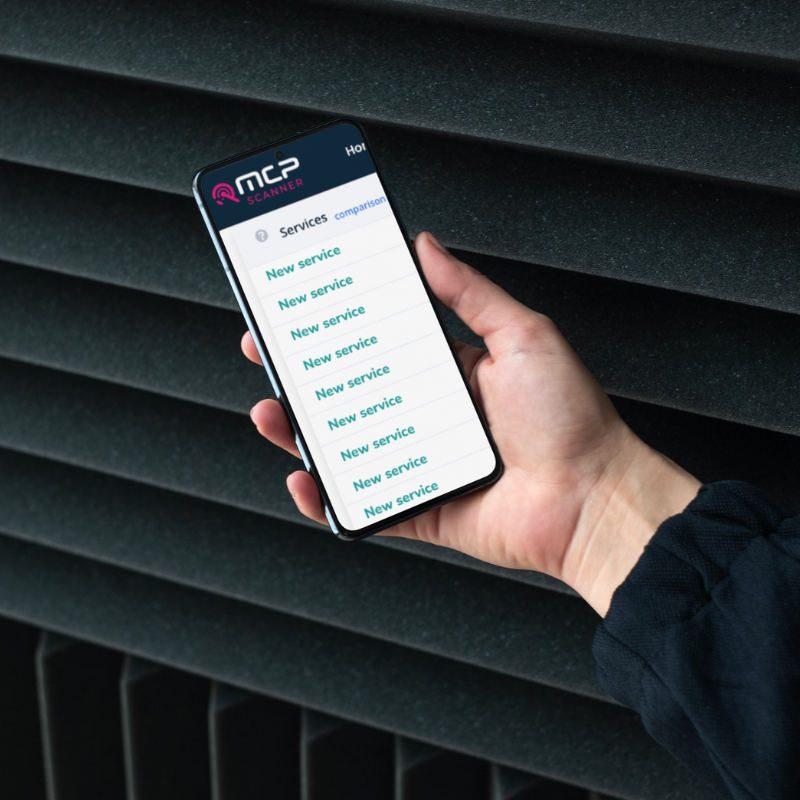Many marketers in the mVAS space have had their Google Ads campaigns disapproved at one time or another. It’s frustrating when this happens and you think you’ve done everything possible to ensure your ad is compliant with Google Ads policies, and you need to get your campaign live and convert customers fast.
We recently hosted a webinar on Google Ads Policies and asked attendees whether they had ever had a Google Ad disapproved. 78% said yes, and 58% reported that they had also had their account suspended.
With 27 policies in place, and with updates released on a regular basis, it’s not surprising that occasionally you may fall foul of Google Ads policies. However, when it becomes a more regular occurrence, it can significantly impact your marketing efforts and overall success in the mVAS space.
Repeated disapprovals not only waste valuable time and resources but can also harm your ad account’s reputation. If you continually violate certain Google Ads policies, you risk “account strikes”, where your account is put on hold and even compliant campaigns are paused. For egregious violations and repeat offenders you risk “account suspensions”, where your account is permanently suspended unless you successfully appeal.
4 Reasons That Google Ad Policies Disapprove mVAS Ads
Against this backdrop, it’s important that mVAS marketers and their advertising partners understand Google Ads policies, especially the policies that specifically relate to your services or target customers. Many of these policies reflect regulations in the mVAS/DCB space. However, there are also differences so it’s important to have a clear view of all policies and legislation that impact your ads.
Google Ad policies fall into four categories:
- Prohibited content: Content you can’t advertise on the Google Network such as content that enables dishonest behaviour, like services designed to artificially inflate ad or website traffic; inappropriate content, including ads using profane language; and dangerous products and services or counterfeit goods.
- Prohibited practice: This includes policies that prohibit the promotion of content containing malware; misrepresentation in ad content, including ads that aren’t transparent about pricing or the payment model, the use of false endorsements or ads that aren’t relevant to the landing page (destination); as well as “cloaking” or hiding the destination landing page.
- Restricted content and features: Content you can advertise but with limitations, such as gambling and gaming services, sexual content, or content for kids. These ads may only be allowed in certain geos or served to a limited group of users.
- Editorial & technical requirements: These policies cover the quality of your ad content such as barring the use of words like “free”; clickbait ads that use sensationalist tactics to drive traffic; or misleading ad design where it’s not clear whether the user is interacting with an advert or not.
The list above is just a snapshot of the types of behaviours that could result in a disapproved ad. With 27 policies to comply with, it pays to invest time in understanding how each policy impacts your specific services and marketing strategy.
Google Ads Policies Vs. mVAS/DCB Regulations
Complying with Google Ads policies doesn’t automatically mean your ads are compliant with industry regulations or a mobile carrier’s Code of Conduct. While Google Ads policies serve as a foundational framework for ad compliance, they don’t encompass all the nuances of the mVAS/DCB sector.
For instance, some regions or countries may have stricter rules regarding the types of services that can be billed through carrier billing, or they may require additional transparency and consent mechanisms for certain transactions. These local variations in regulations can create a challenge for advertisers operating in multiple markets.
Just as the consequences of non-compliance with Google Ad policies can result in financial losses, through account strikes and suspensions, so too can non-compliance with regulatory requirements or a carrier’s code of conduct. Services may be stopped and significant fines imposed.
To ensure full compliance and mitigate potential losses, it’s essential for mVAS marketers to not only adhere to Google Ads policies but also conduct thorough research into the specific regulations and guidelines governing their target markets. Collaborating closely with compliance experts, like MCP Insight, and staying updated on industry changes can help strike the right balance between Google Ads policies and local regulatory requirements, ultimately leading to a successful and compliant advertising strategy.
MCP Insight is uniquely placed to help you navigate these different requirements. Through our collaboration with Google we can give you access to direct support from Google’s mVAS team, as well as tools and guidance to help you manage compliance in the geos you operate.























